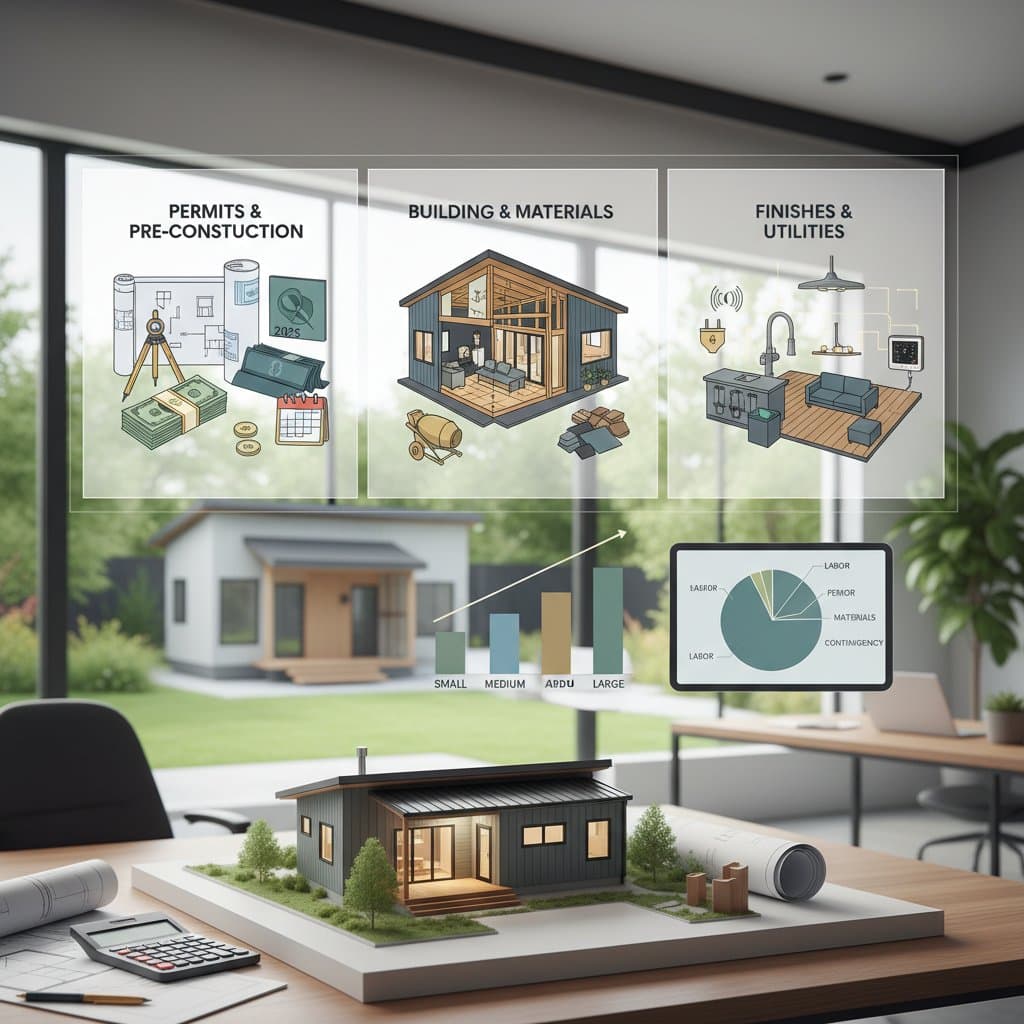Kitchen Remodel: Open Concept Versus Defined Spaces
A kitchen remodel provides an opportunity to transform how your home operates and creates daily comfort. Homeowners often face the choice between an open concept kitchen that blends spaces seamlessly and defined kitchen spaces that maintain clear boundaries. Each approach brings distinct advantages, and the optimal selection aligns with your household routines, aesthetic tastes, and future intentions.
This comprehensive guide examines both options in detail, offering practical insights to support your decision during the remodel process.
Advantages of Open Concept Kitchens
Open concept designs eliminate barriers between the kitchen, dining room, and living areas, resulting in a unified environment that promotes openness and light.
Key Benefits
Natural light flows freely in open layouts, as windows from connected rooms illuminate the entire area and reduce the need for artificial sources during daytime hours. Social interactions improve significantly, since family members or guests can converse easily while someone prepares meals. Flexibility stands out as a major strength, allowing you to rearrange furniture or adapt the space as family dynamics change over time.
Design Strategies
Incorporate a substantial island with integrated seating to serve as a central hub that subtly divides zones without physical walls. Select uniform flooring materials, such as wide-plank hardwood or large-format tiles, to maintain visual continuity across the open expanse. Enhance ambiance with targeted lighting solutions, including pendant lights over the island and recessed cans in living areas, which create distinct moods for cooking or relaxing.
Ideal Applications
These layouts excel in contemporary settings where a relaxed, modern vibe is desired. Families who frequently host gatherings or cook collaboratively find open concepts particularly effective, as they foster connection without isolation.
Benefits of Defined Kitchen Spaces
Defined kitchens employ walls, partial partitions, or architectural elements to separate cooking areas from adjacent rooms, establishing a more organized and contained environment.
Key Benefits
Noise from appliances and meal preparation remains contained, preserving tranquility in living and dining spaces. Cooking odors do not spread as readily, which helps maintain a fresh atmosphere throughout the home. Visual separation conceals temporary messes, allowing you to present a tidy appearance in public areas even during active use.
Design Strategies
Frame entrances with elegant arches or wide doorways to provide separation while preserving some visibility. Apply distinct paint colors or wallpaper in the kitchen to reinforce its independent character and add personality. Integrate efficient storage solutions, such as floor-to-ceiling cabinets or pull-out pantries, to optimize space within the confined area and streamline daily tasks.
Ideal Applications
Traditional architectural styles benefit from defined kitchens, where the structured layout complements historical details and maintains a sense of order. Households that prioritize privacy during meal preparation or prefer distinct zones for different activities often choose this option.
Matching Styles to Layouts
Architectural Compatibility
Modern homes pair naturally with open concepts, as the absence of walls emphasizes sleek lines and minimalist aesthetics. In contrast, colonial or craftsman styles align better with defined spaces, where enclosed rooms enhance the home's inherent charm and detailed craftsmanship.
Lighting Approaches
Open layouts require a multi-layered lighting plan, combining ambient, task, and accent elements to cover the expansive area effectively. Defined kitchens allow for focused illumination, such as under-cabinet lights for countertops, which proves more efficient in smaller, targeted zones.
Material Selections
For open concepts, choose matching materials like consistent countertop surfaces or cabinet finishes that extend into living areas for a cohesive look. Defined spaces permit bolder choices, such as vibrant backsplash tiles or unique hardware, since the kitchen functions as a standalone feature.
Practical Considerations for Your Remodel
Focus on functionality when comparing options. Evaluate whether you prefer an integrated kitchen that merges with daily living or a separate space that offers retreat. Consider your entertaining habits: frequent hosts often favor open designs for easy interaction, while those who value quiet preparation lean toward definition.
Cost Factors
Open concept remodels typically involve wall removal, which may require engineering assessments for load-bearing structures and can increase expenses by 20 to 30 percent compared to simpler updates. Defined layouts often cost less in structural work but may demand additional investments in custom millwork or organizational features. Always consult professionals for permits and safety compliance, especially in older homes where hidden issues like outdated wiring could add unforeseen costs.
Steps to Guide Your Choice
- Assess traffic patterns: Open spaces encourage free movement, which suits active households, while defined kitchens direct flow more precisely to minimize disruptions.
- Experiment with layouts: Use tape on floors to outline potential configurations and test how furniture placement affects usability.
- Factor in resale value: Current market trends show strong demand for open concepts in many regions, though buyers seeking traditional homes may appreciate defined separations.
- Align with lifestyle: Select a design that supports your routines, such as accommodating children's homework near cooking areas in open setups or providing a quiet cooking sanctuary in defined ones.
Frequently Asked Questions
How can I blend elements of both layouts?
Combine approaches with semi-open features like half-walls or sliding glass panels, which offer flexibility while maintaining some division.
Will an open concept increase my home's perceived size?
Yes, the removal of walls creates an illusion of greater space, enhancing flow and making rooms feel more expansive without adding square footage.
Are defined kitchens considered old-fashioned?
No, they remain popular for their practical benefits and suit many architectural styles, providing timeless appeal for those who value structure.
Both open concept and defined kitchen spaces offer valuable solutions for remodels. The ideal choice emerges from careful consideration of your home's architecture, daily needs, and personal preferences. As experienced remodelers at Critchfield Construction, we guide clients through these decisions with customized plans that ensure lasting satisfaction and functional excellence.









